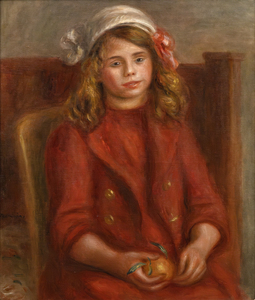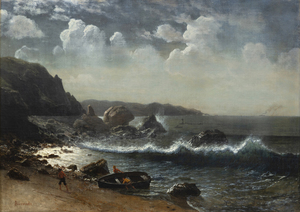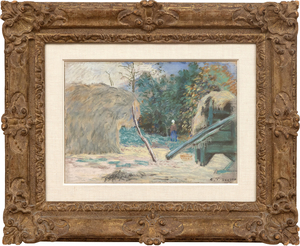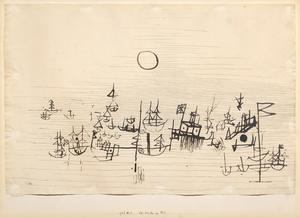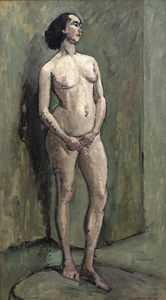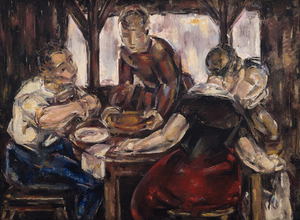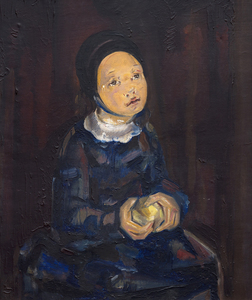ALFRED SISLEY (1839-1899)
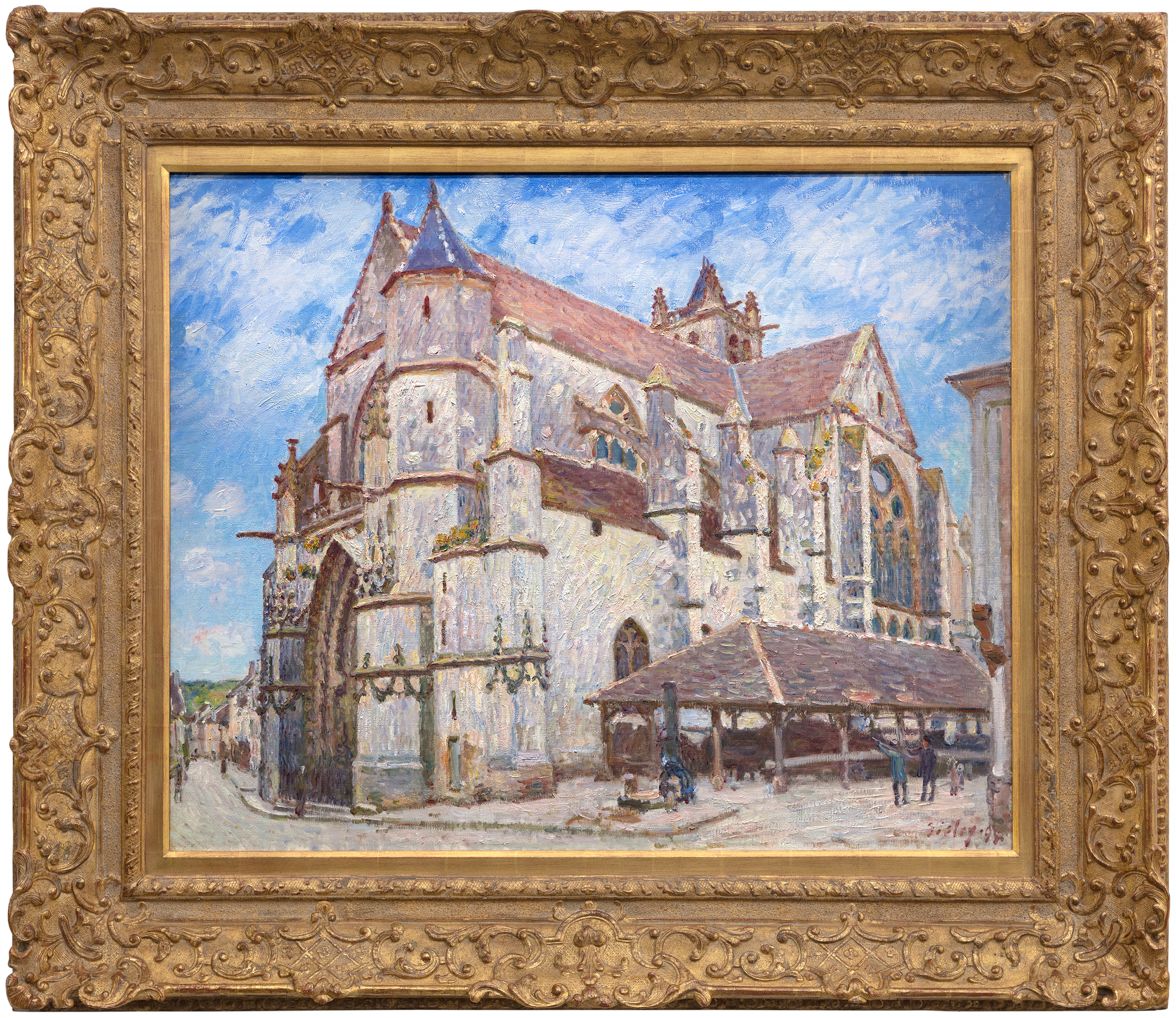
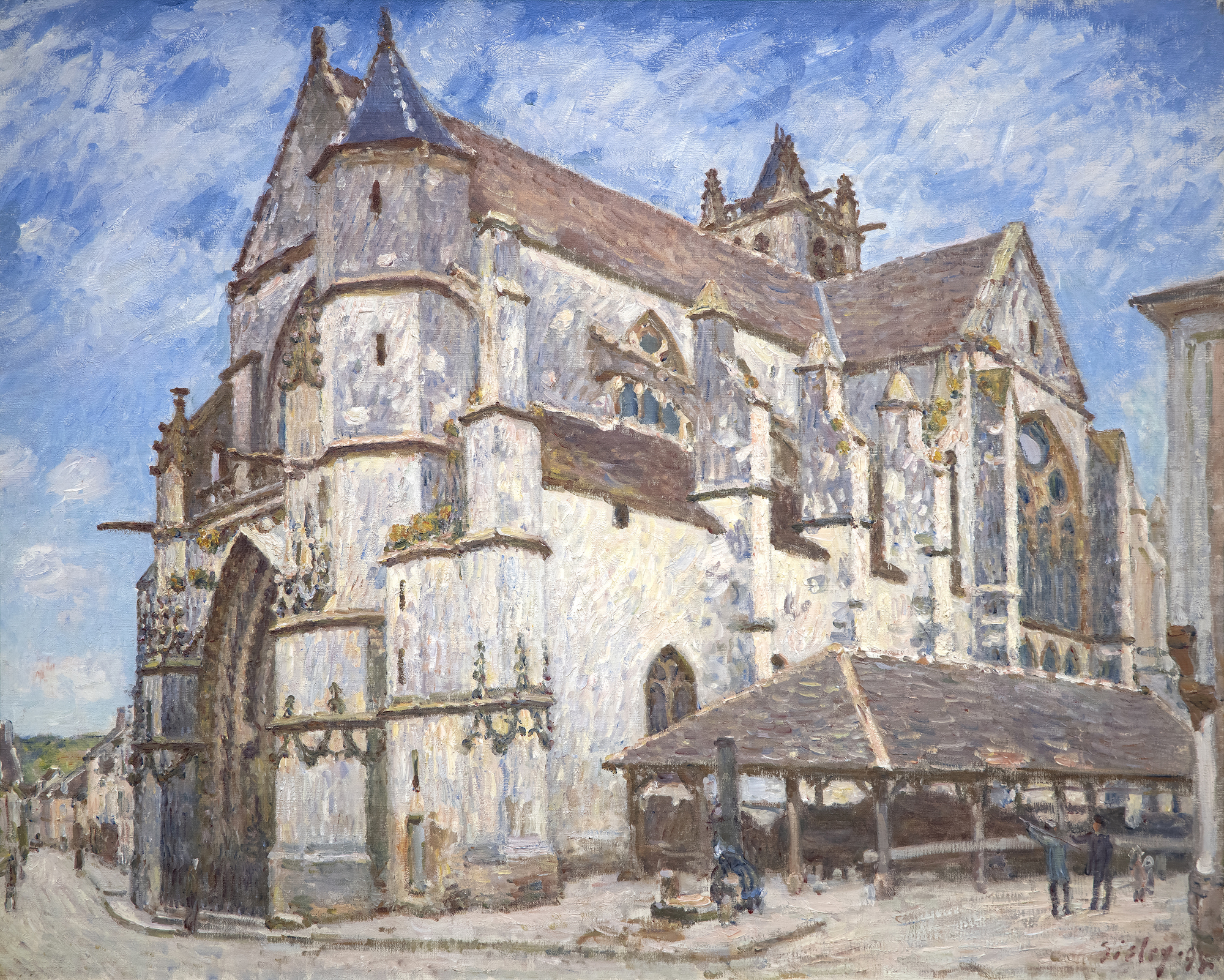
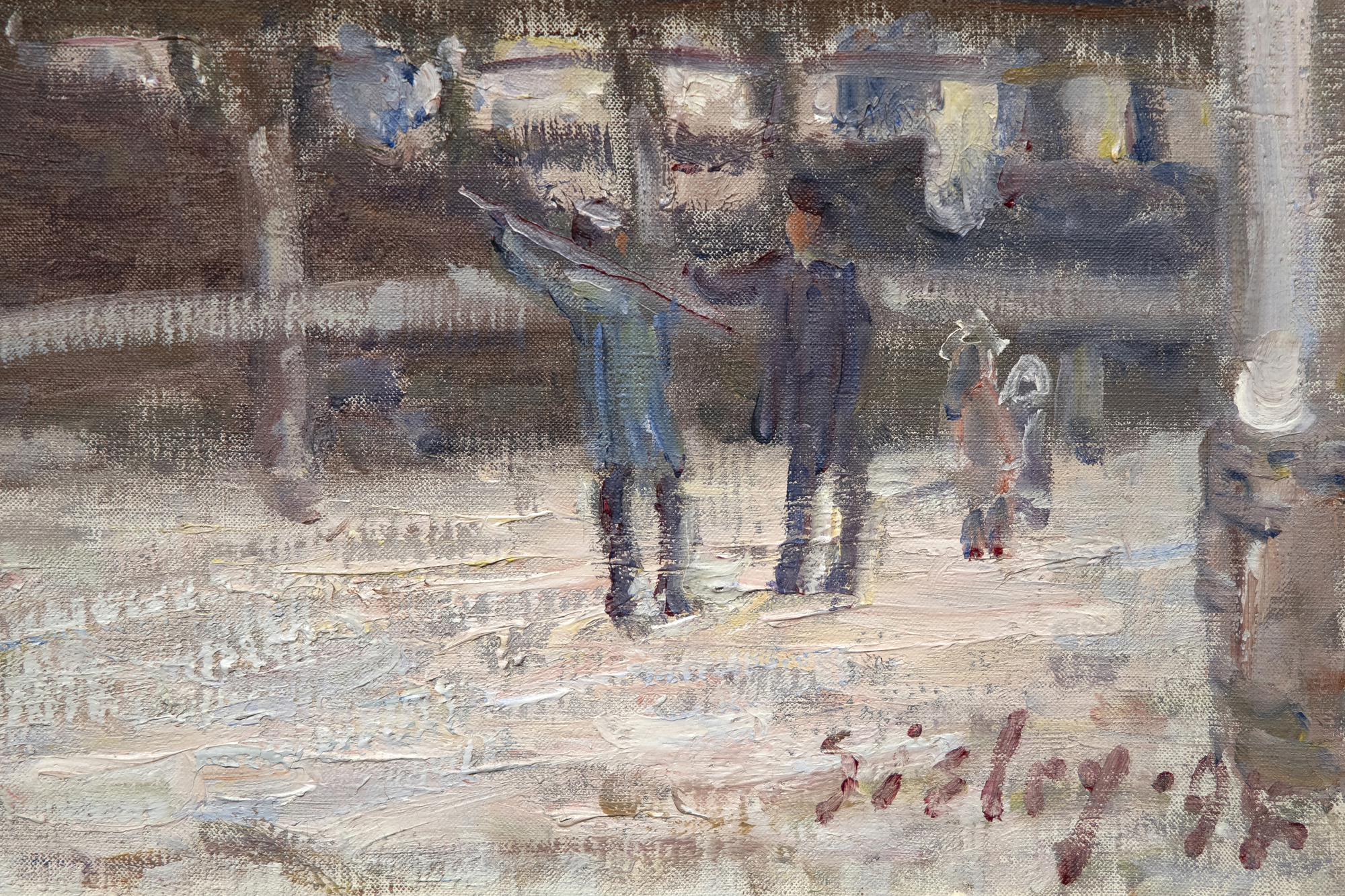
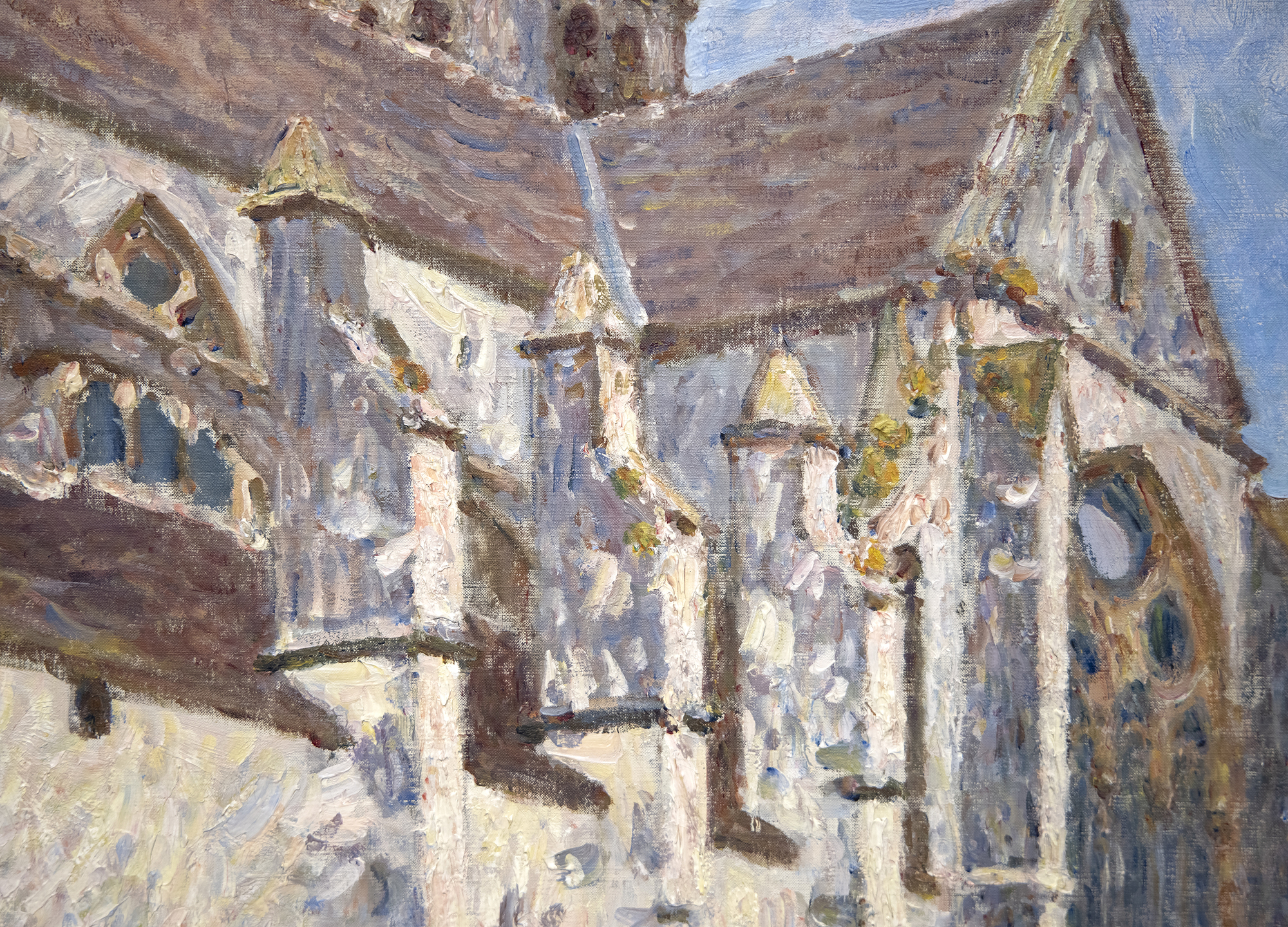
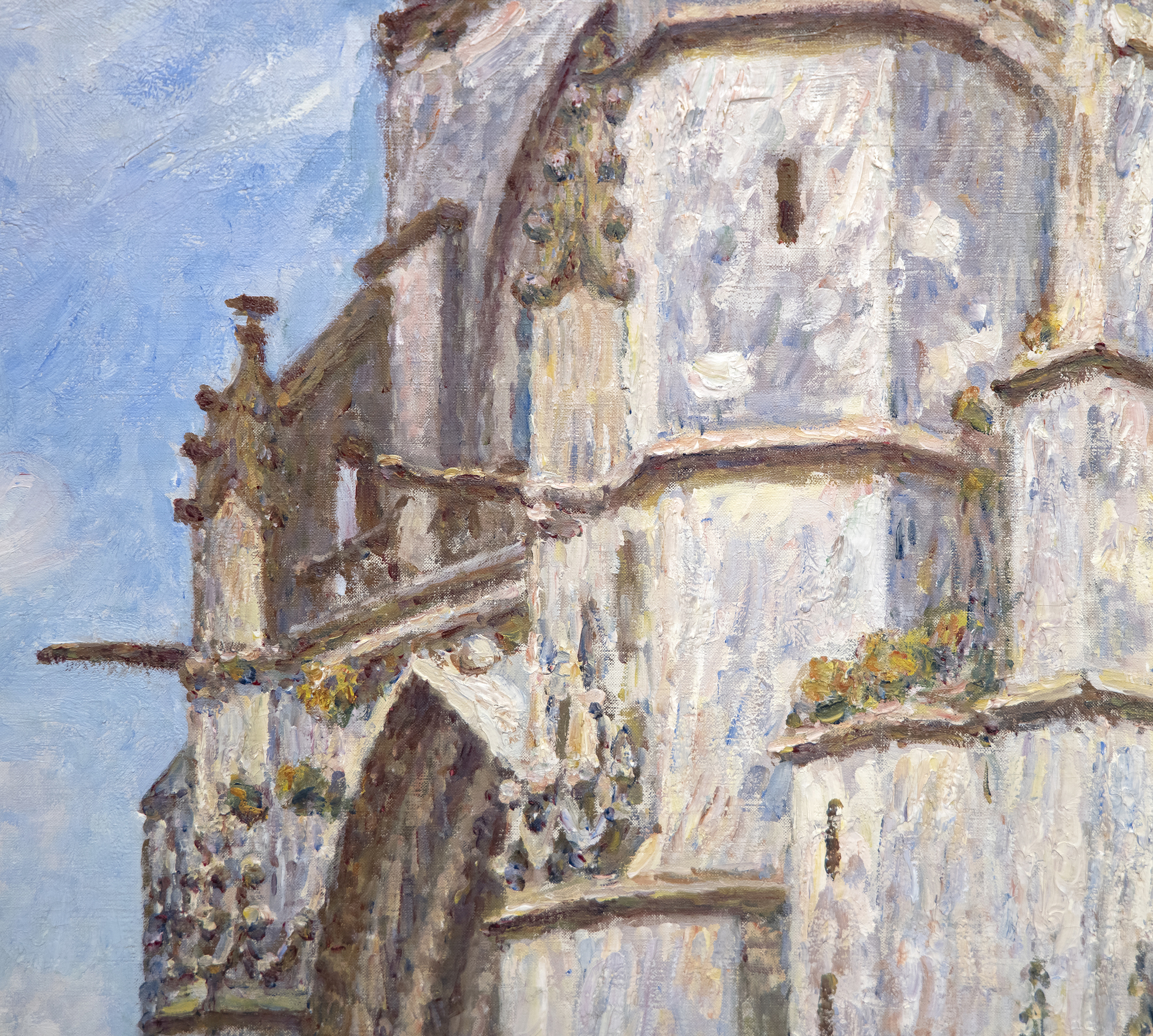
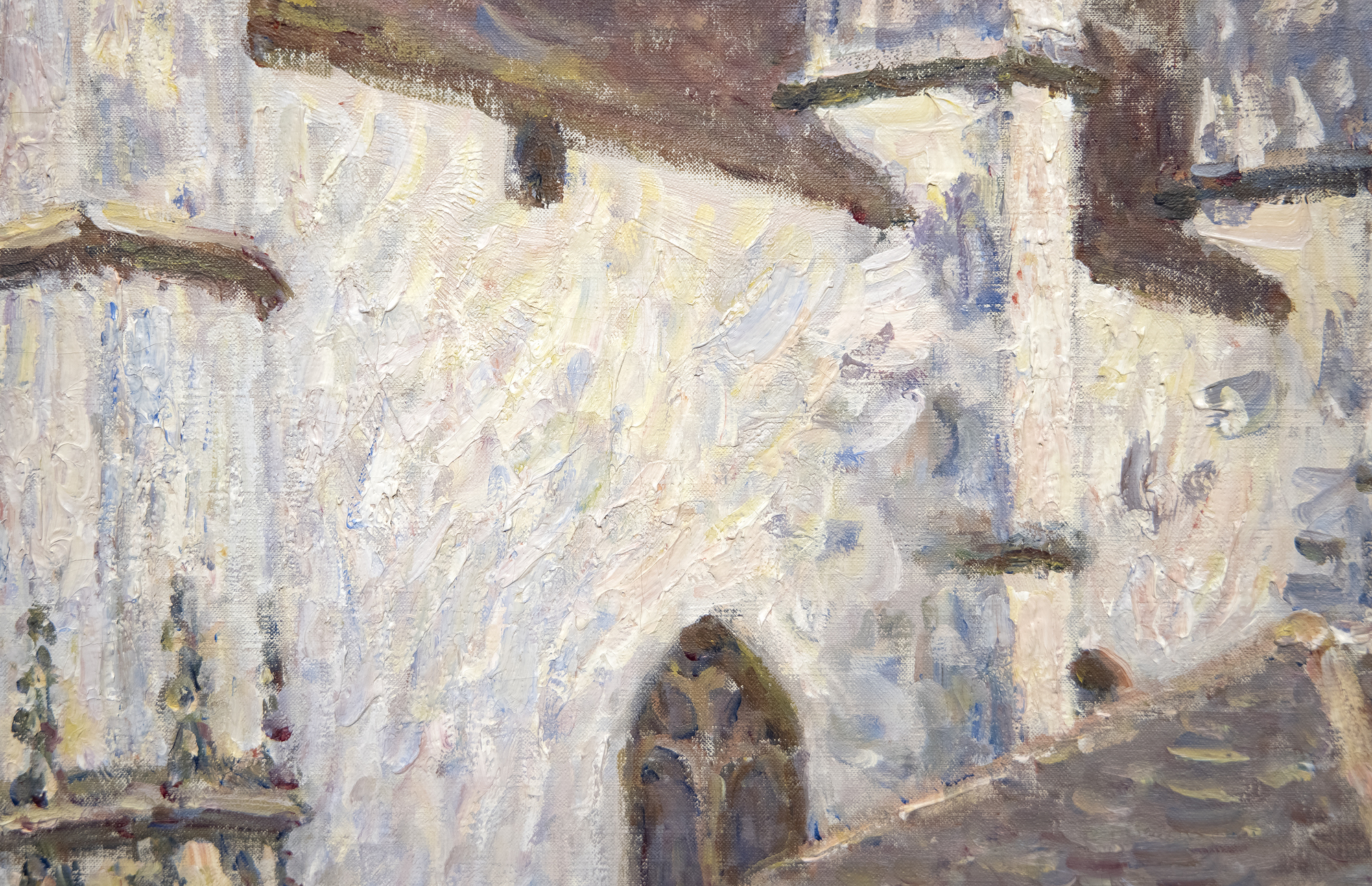
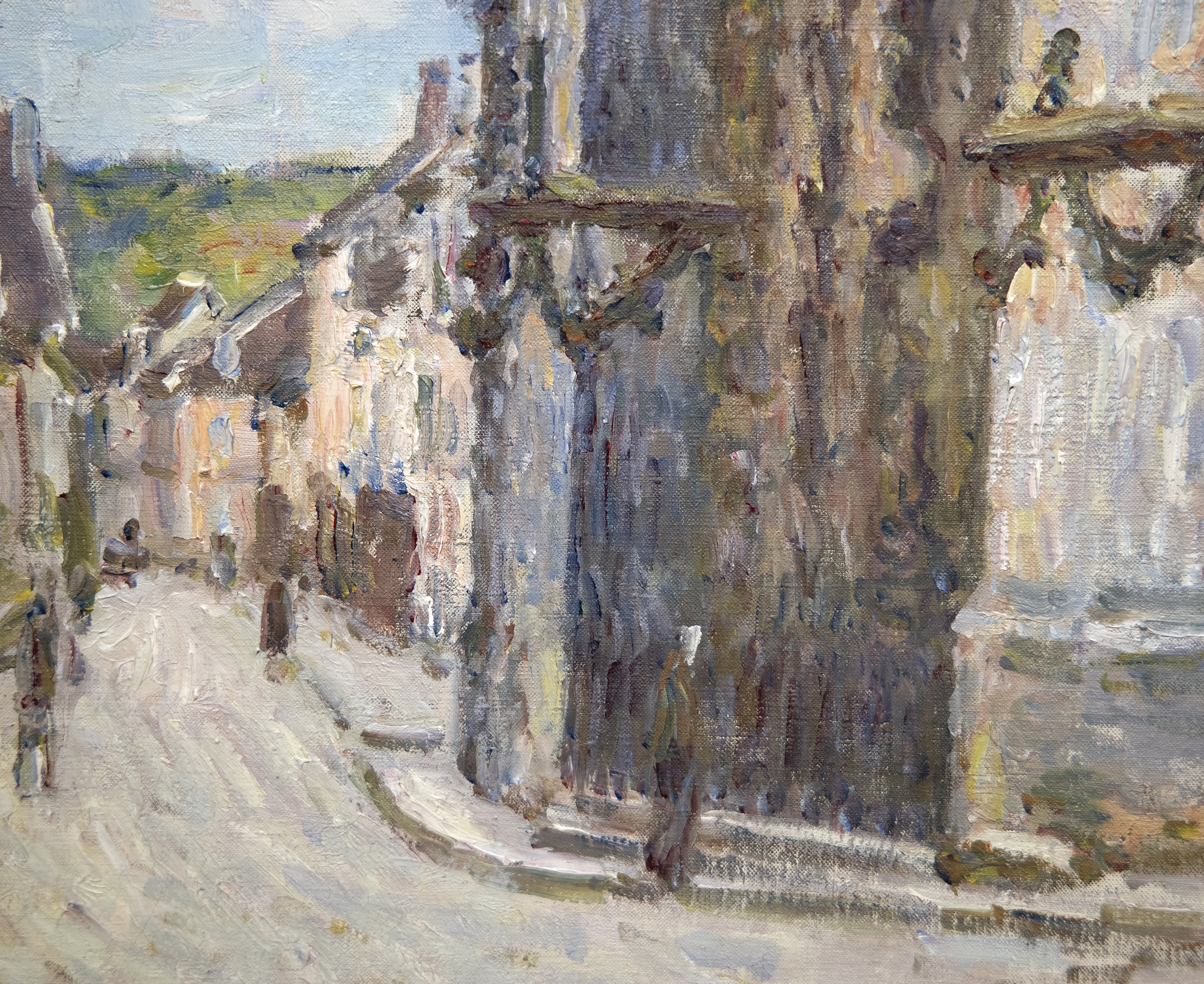
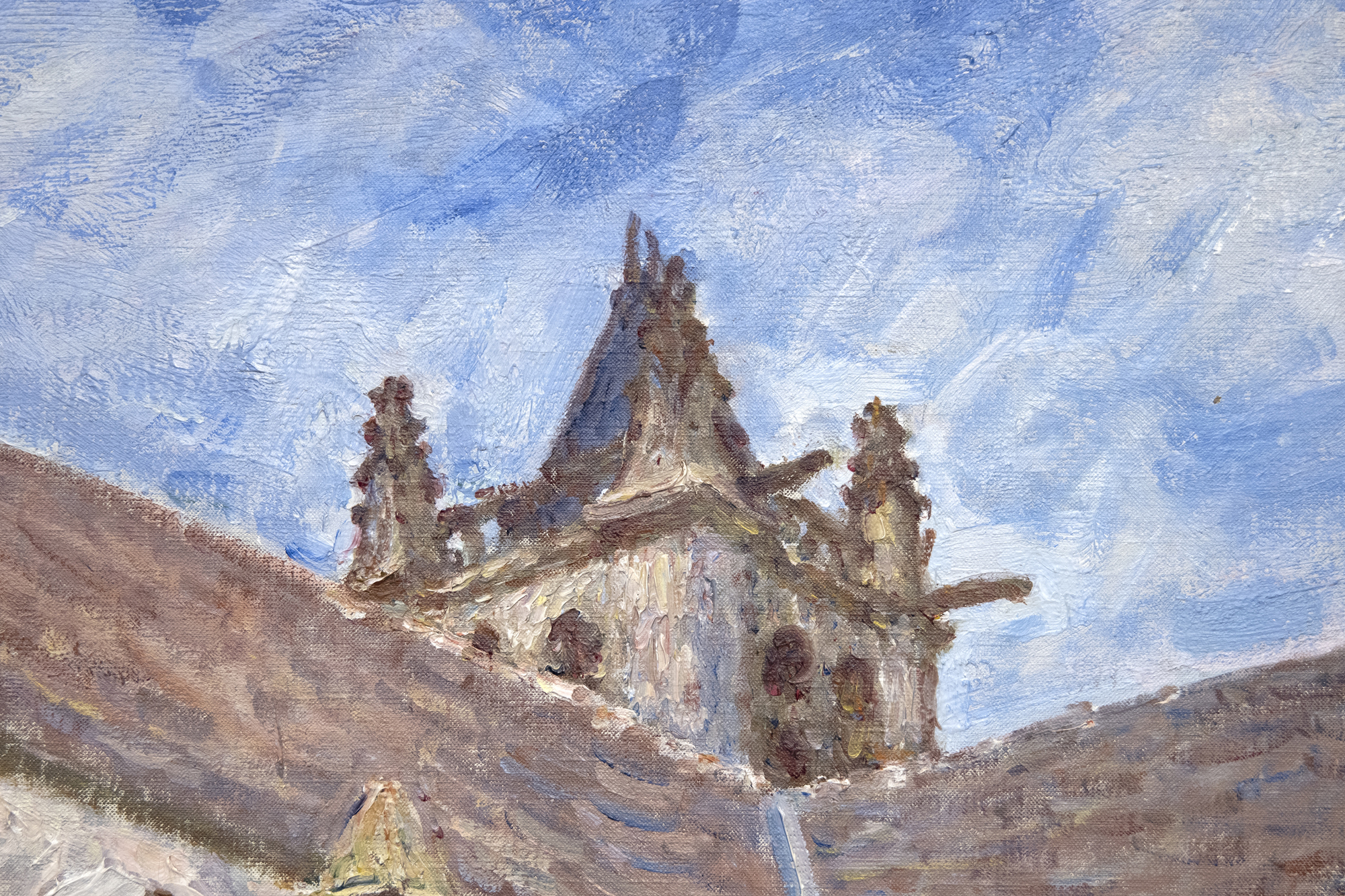
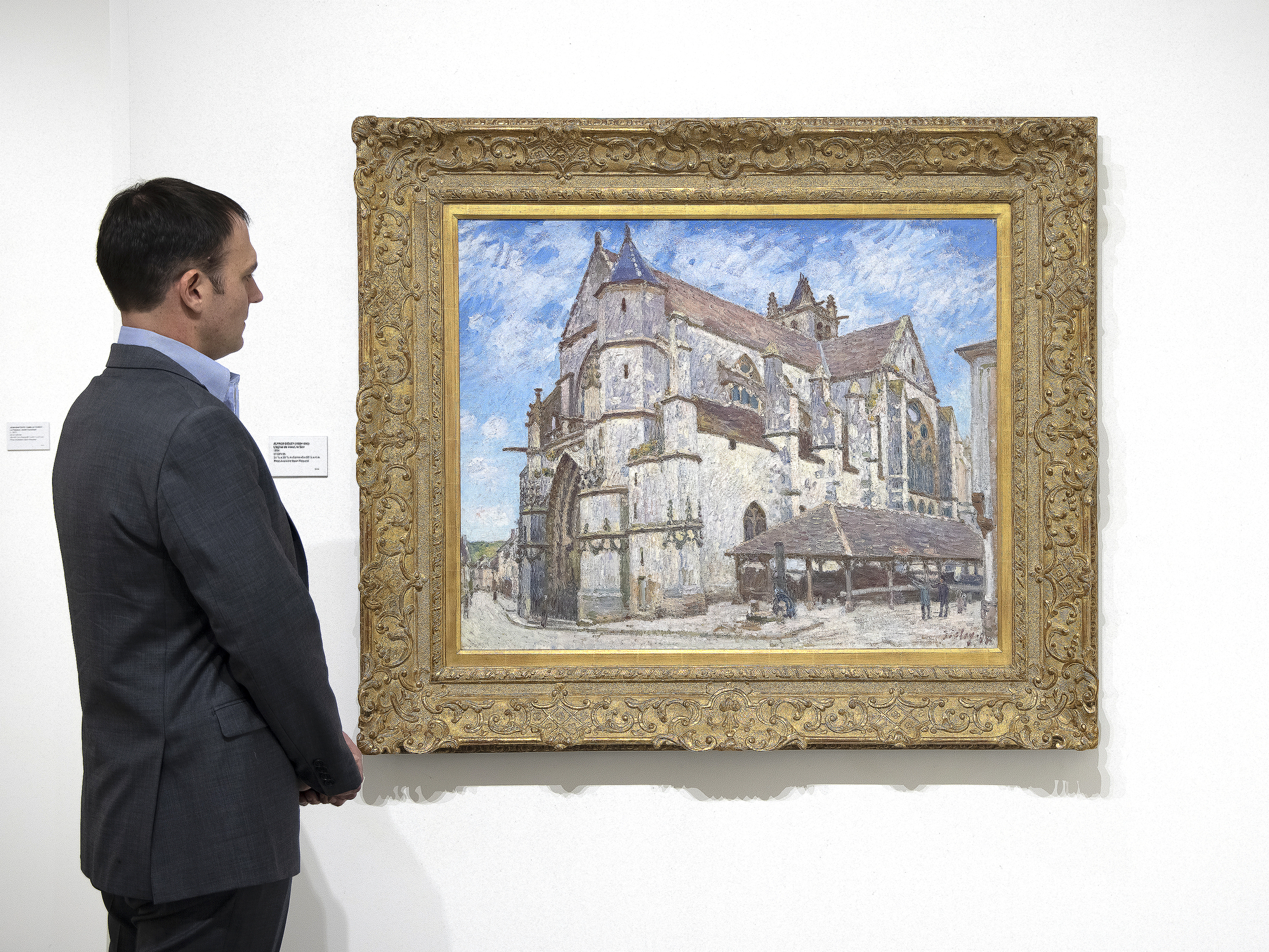
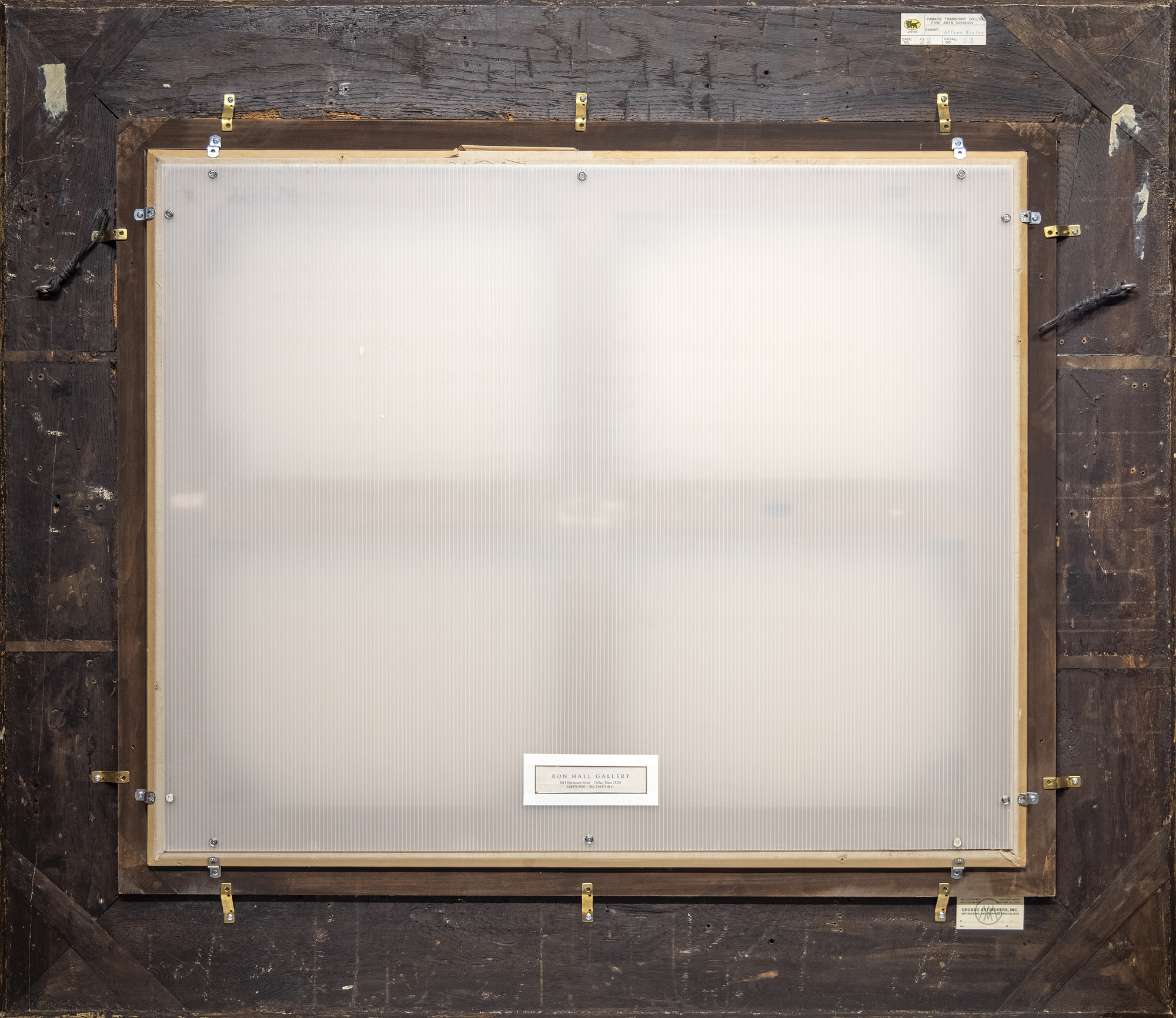
Provenance
Domaine SisleyVente : Vente de l'Atelier Sisley, Galeries Georges Petit Paris, 1er mai 1899, lot 13
George Viau, Paris
Vente : Hôtel Drouot Paris, 20 février 1908, lot 37
Collection Pearson, Paris (acquise lors de la vente ci-dessus)
Vente : Vente Pearson, Galerie Paul Cassirer Berlin, 18 octobre 1927, lot 65
Collection privée
Vente : Hôtel Drouot, Paris, 23 juin 1928, lot 98
Collection Aubert, Paris (acheté à la vente ci-dessus ; peut-être Marcel Aubert)
Collection privée Galerie Edward Nahem
S...Plus.....teven Bedowitz, Boca Raton, Floride (acquis en 1989)
Collection particulière, New York
Larry Lacerte, Dallas (acquis en 1991)
Collection privée (acquise en 1996)
Exposition
Tokyo, Isetan Museum of Art ; Kagawa, Takamatsu Municipal Museum of Art ; Hiroshima, Museum of Art et Wakayama, Departmental Museum of Modern Art, Exposition Alfred Sisley, 2000, no. 53, illustré en couleur pp. 138-139Littérature
O. Reuterswaerd, 'Sisley's Cathedrals, A Study of the Church at Moret' in Gazette des Beaux Arts, March 1952, fig. 1, illustré p. 194.F. Daulte, Alfred Sisley. Catalogue raisonné de l'œuvre peint, Lausanne, 1959, n° 835, illustré en noir et blanc.
F. Daulte, Sisley. Les Saisons, Paris, 1992, no. 41, illustré en couleur p. 73
R. Shone, Sisley, New York, 1992, pl. 134, illustré en couleur p. 170 (mentionné pp. 164-165)
Brame, S., Sisley, A., Lorenceau, F., & Daulte, O. (2021). Alfred Sisley : Catalogue critique des peintures et des pastels. P. 347 ill. 347, 501
...MOINS.....
Histoire
Entre l'Île-de-France et la Bourgogne et à l'orée de la forêt de Fontainebleau se trouve le village médiéval de Moret-sur-Loing, fondé auXIIe siècle. Lorsqu'Alfred Sisley en décrit le caractère à Monet, dans une lettre datée du 31 août 1881, comme "un paysage de boîte de chocolat...", il s'agit d'un souvenir séduisant ; son donjon, ses remparts, son église, ses portes fortifiées, ses façades ornées nichées le long de la rivière constituent, pour un peintre, un cadre au charme inégalé. L'église ancienne, qui est toujours l'élément le plus frappant du paysage urbain de la vallée de la Seine, sera présente dans les vues de Sisley, comme elle l'était pour Corot et pour Monet à Vétheuil. Mais contrairement à Monet, dont les trente vues de la cathédrale de Rouen ont été exécutées afin qu'il puisse retracer les jeux d'ombre et de lumière sur la façade de la cathédrale et capturer la nature éphémère des changements de lumière et d'atmosphère d'un instant à l'autre, Sisley a cherché à affirmer la nature permanente de l'église Notre-Dame de Moret-sur-Loing. La seule préoccupation de Monet était l'air et la lumière, et celle de Sisley apparaît comme un souvenir d'hommage. Le tableau respire le respect pour les architectes et les bâtisseurs originaux d'une structure si imprenable et si résolue qu'elle se dressait alors comme en ces temps médiévaux et qui, pour nous, se dresse aujourd'hui, comme elle le fera, pour des temps immémoriaux.
Néanmoins, Sisley s'est efforcé de montrer l'aspect changeant du motif à travers une série de changements atmosphériques. Il a donné à ses œuvres des titres tels que "Sous le soleil", "Sous le givre" et "Sous la pluie" et les a exposées en groupe au Salon du Champ-de-Mars en 1894, des éléments qui suggèrent qu'il les considérait comme des interprétations en série. Néanmoins, contrairement à l'œuvre de Monet, l'église de Moret, le Soir révèle que Sisley a choisi de présenter le motif dans un contexte spatial qui accentue ses attributs compositionnels - la perspective plongeante de la rue étroite à gauche, la forte récession diagonale des lignes de bâtiment comme contrepoids à droite, et le poids imposant du bâtiment en pierre au-dessus de la ligne de vue.
LES CONNAISSANCES DU MARCHÉ
- Le prix record pour une peinture de Sisley aux enchères est de plus de 9 millions de dollars, établi en 2017 par un paysage d'hiver nettement plus petit que L'église de Moret, le Soir.
- Il n' existe que 884 peintures à l'huile de Sisley, dont beaucoup se trouvent dans des collections permanentes de musées, ce qui laisse peu d'excellents exemples à grande échelle susceptibles d'être proposés à la vente privée.
- L'église de Moret, le Soir est exceptionnellement grande par rapport aux autres œuvres de Sisley, et appartient à la même collection privée depuis 1996, ce qui ajoute à sa valeur.
- Elle est signée en bas à droite "Sisley 94" et documentée dans le catalogue raisonné Sisley (F. Daulte, Lausanne, 1959, n° 835, illustré en noir et blanc).
- Elle représente l'église Notre-Dame de Moret, un sujet important que Sisley a revisité une douzaine de fois depuis son installation à Moret en 1889.
Tableaux comparables vendus aux enchères

"Effet de Neige à Louveciennes" (1874) a été vendu pour 9 064 733 dollars.
- Peinture plus petite avec une palette de couleurs sourdes, mais de belles ombres.
- Une scène hivernale rare
- Établir le prix record pour Sisley aux enchères en 2017

"Le loing à Moret" (1883) a été vendu pour 4 869 000 dollars.
- Nettement plus petit que notre pièce
- Moins de finition et pas de chiffres
- Belle lumière et palette de couleurs

"Moret-sur-Loing" (1891) pour 4 685 031 dollars.
- Les grandes peintures de Sisley comme celle-ci et la nôtre sont rares et plus précieuses.
- Vendu il y a huit ans pour plus de 4,6 millions de dollars, et le marché s'est développé.

"Le loing à Moret, en été" (1891) a été vendu pour 5 746 135 dollars.
- Une autre grande toile réalisée quelques années plus tôt
- Comme notre tableau, il comprend une figure, ce qui en augmente la valeur.
Peintures dans les collections des musées
Musée des Beaux-Arts de Rouen
Musée des arts, Winterthur, Suisse
L'Institut des arts de Détroit
Le Petit Palais, Paris
Galerie d'art Hunterian, Université de Glasgow
Galerie d'images
Peintures de cathédrales de Sisley et Monet
demander
Vous pouvez également aimer

































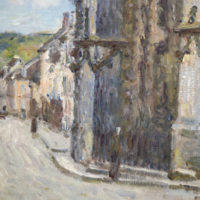





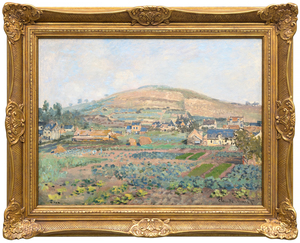
_tn43950.jpg )
